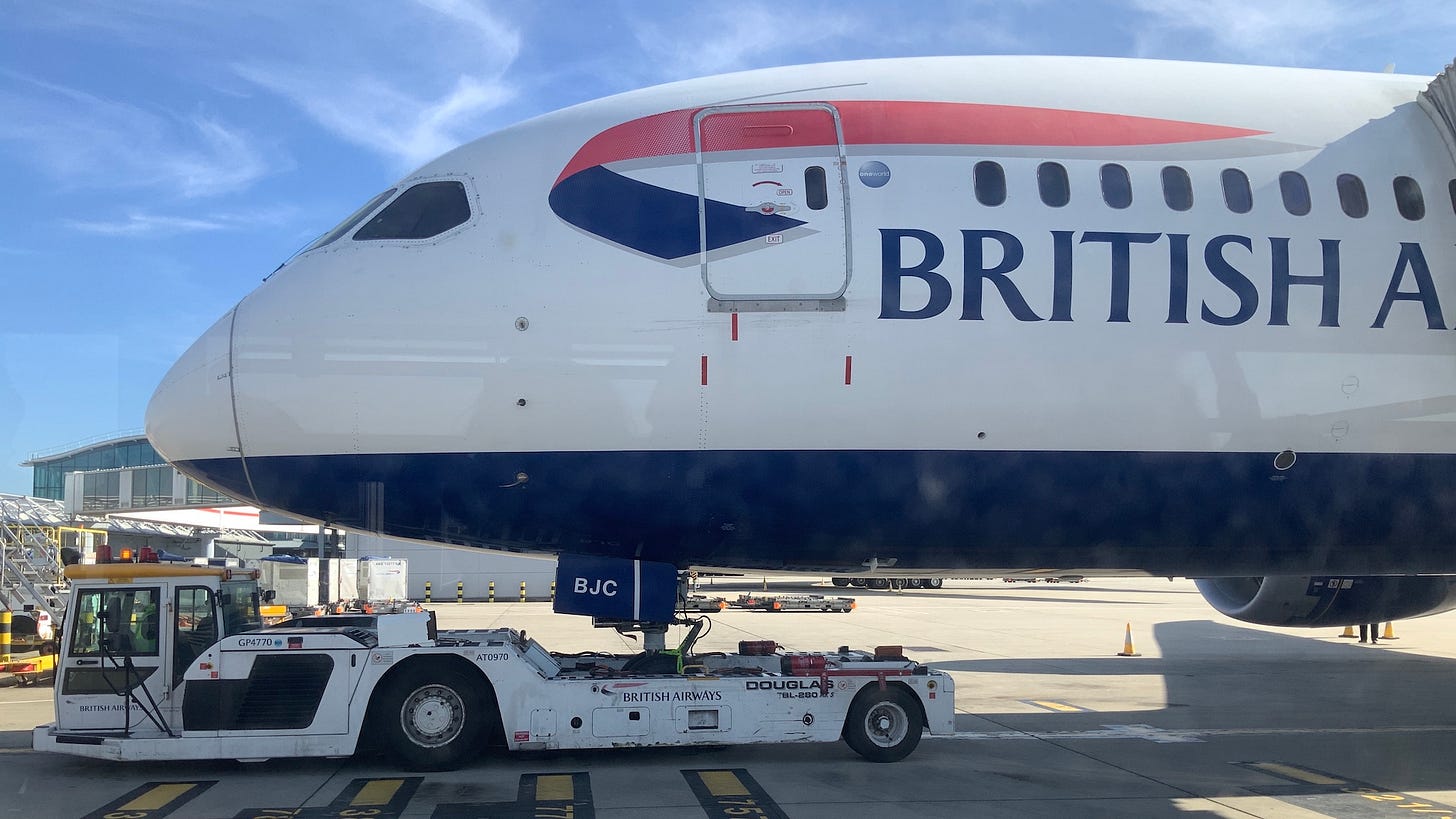Costing BA's Avios-only flights to Dubai
How much revenue dilution will British Airways experience by offering an all-points longhaul special
It was my birthday on Tue-12-Dec, just a few days ago. I got a lovely book presenting the Sze Yuan Tang collection of historic paintings of the China Trade, the latest Kylie album and a new razor.
That same day Avios collectors got a great present from Madrid-based IAG (see this article and this article) too. For the first time in IAG’s history a whole l…



